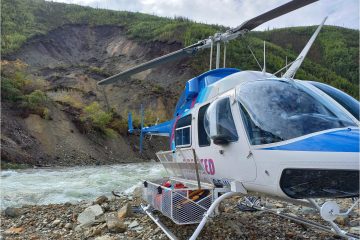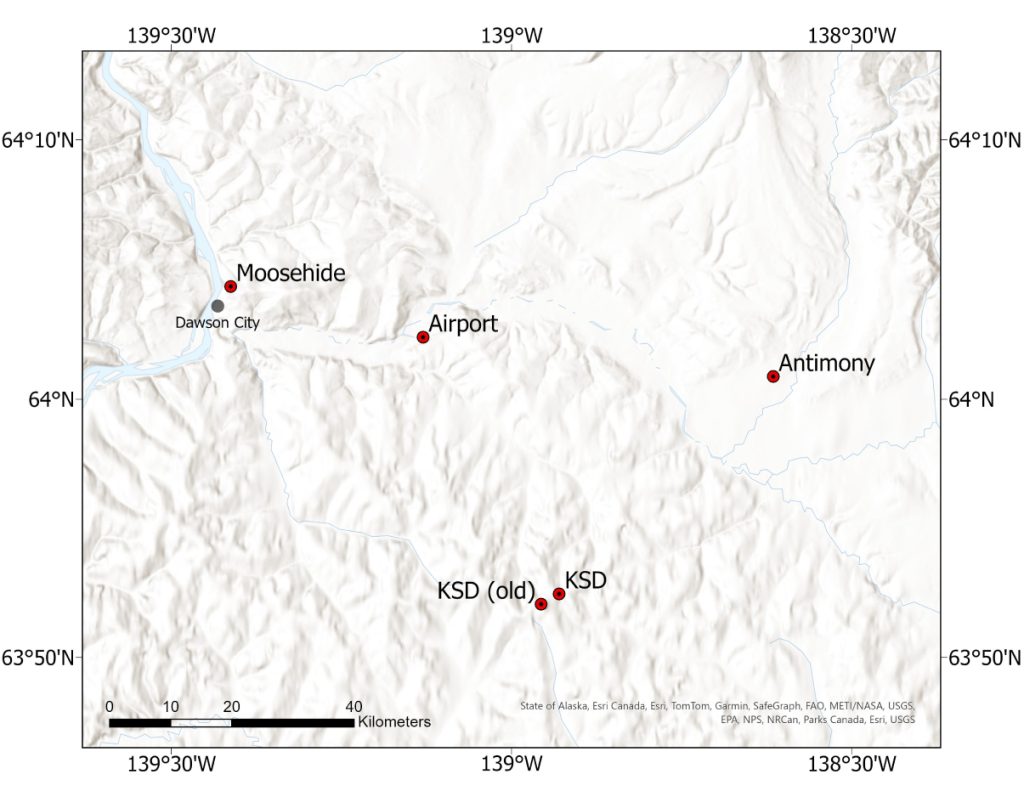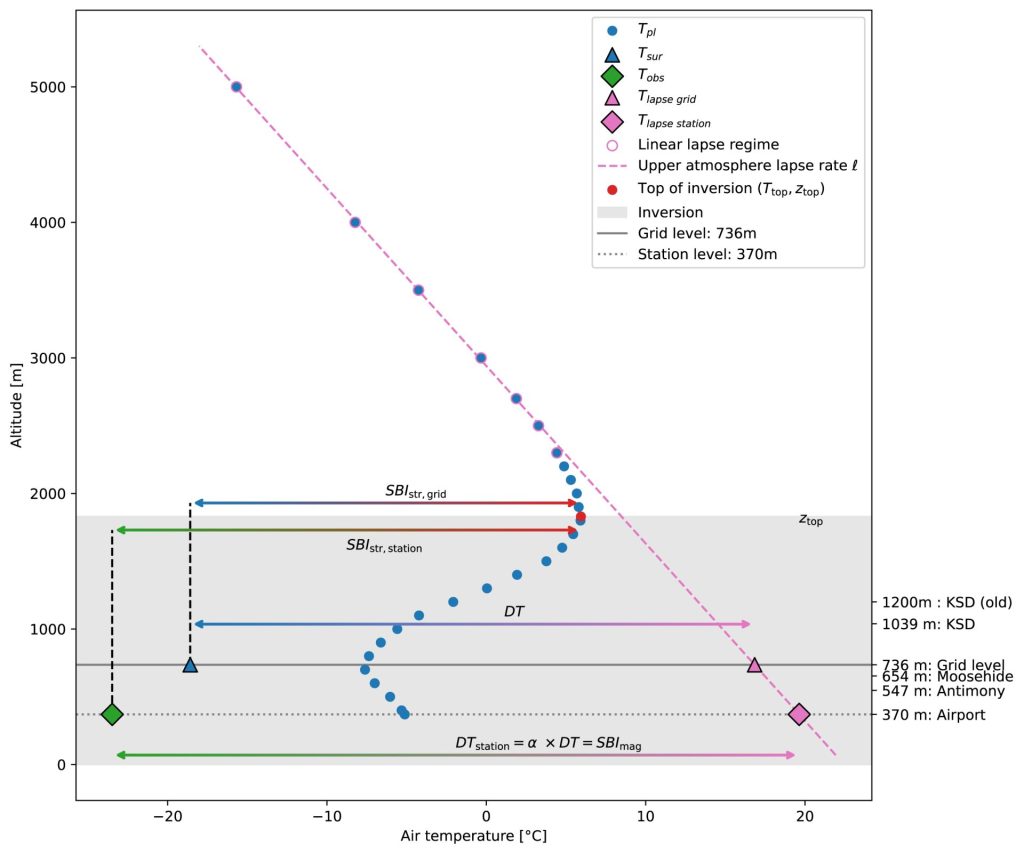The new Glossary of Permafrost Science and Engineering has been launched.
With accelerated climatic warming and announcements of important investments in northern infrastructure, the need for a comprehensive and up-to-date glossary of permafrost was more pressing than ever.
The new Glossary is the culmination of multiple years of consensus-based work by a Canadian-led team of multidisciplinary experts in permafrost science and engineering.
This exhaustive reference work (355 entries) will facilitate effective communication between the communities of experts and practitioners of the permafrost world.
You can download an electronic, hyperlinked version on the website of the Canadian Permafrost Association for free – Glossary of Permafrost Science and Engineering.
The project was led by Antoni Lewkowicz and co-authors included Brendan O’Neill, Steve Wolfe, Pascale Roy-Leveillee, Vladislav Roujanski, Ed hove, Stephan Gruber, Heather Brooks, Ashley Rudy, Cassandra Koenig, Nicholas Brown, and Philip Bonaventure, but many other contributed to reviewing the entries, providing equivalent French terms, or giving expert advice.















